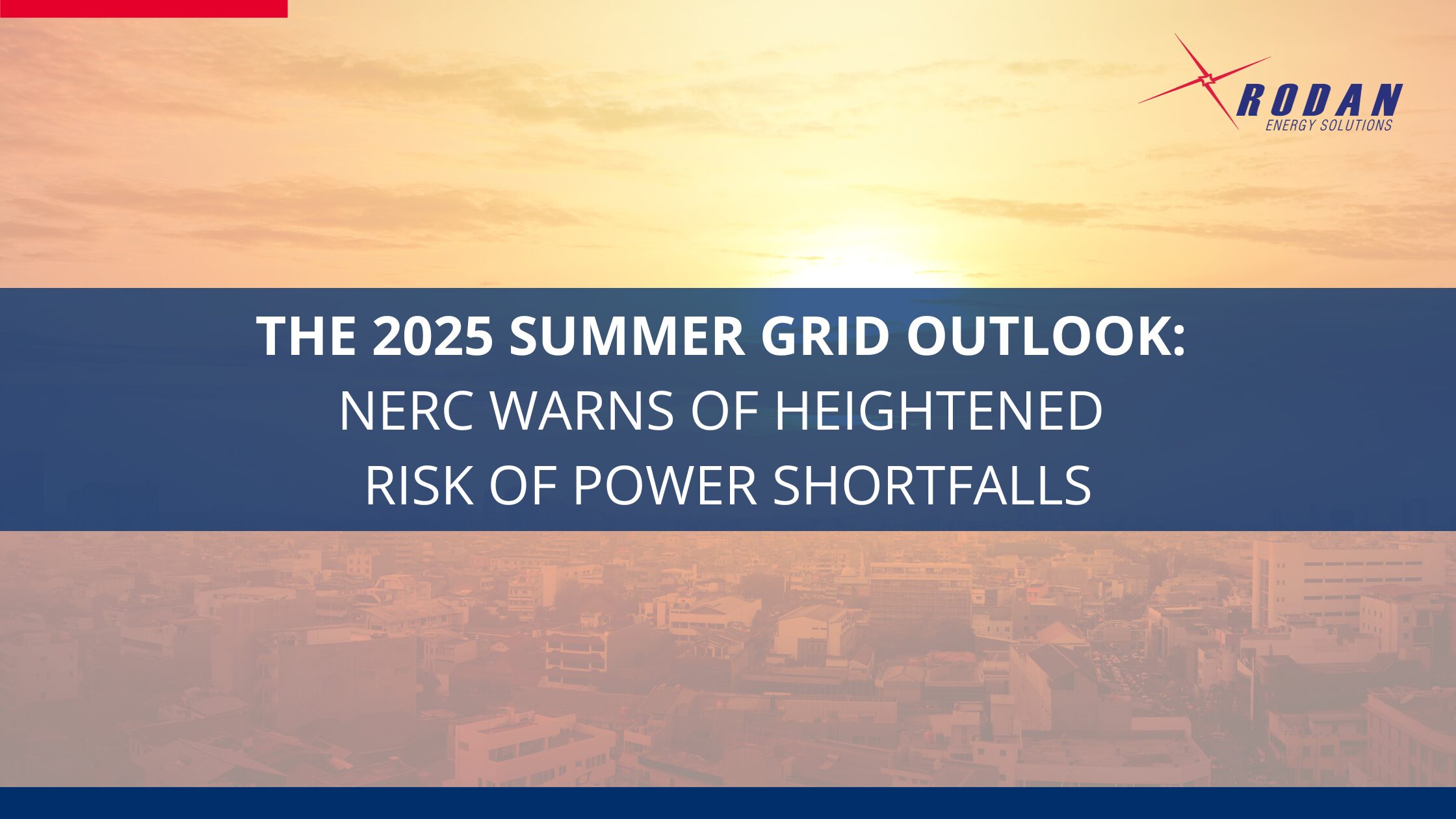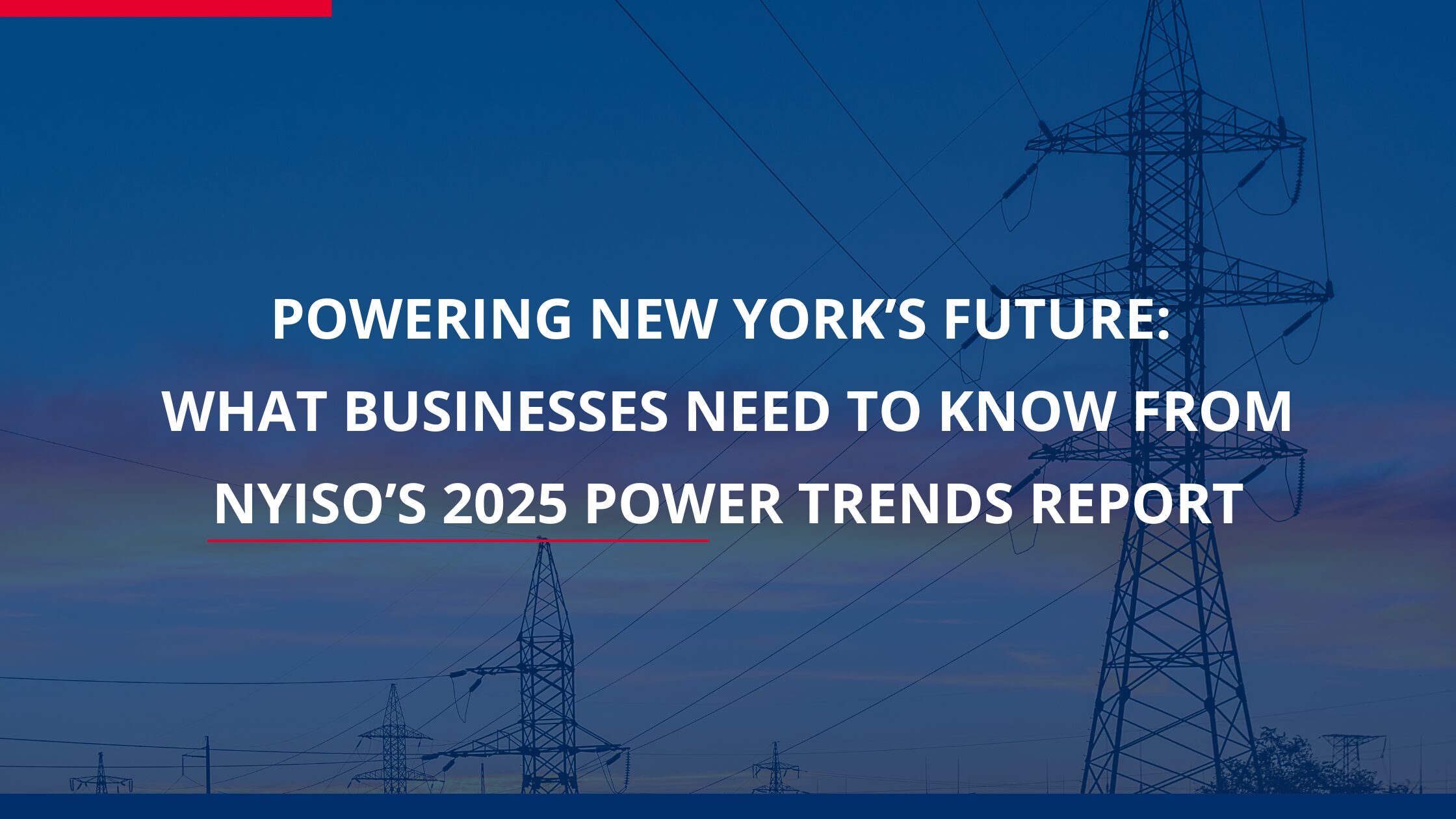As North America prepares for another summer marked by increasing temperatures and surging energy demand, the North American Electric Reliability Corporation (NERC) has released its 2025 Summer Reliability Assessment — and the findings point to a season of elevated risk for power grid stress and potential electricity shortfalls across multiple regions.
While the bulk power system remains reliable under normal summer conditions, extreme weather scenarios could push several parts of the continent into dangerous territory, where electricity supply may not keep up with demand.
Key Drivers of Risk in Summer 2025
According to NERC’s analysis, three major factors are converging to increase reliability risk this summer:
- Growing Electricity Demand
Electricity demand continues to climb across North America, with an increase of 10 gigawatts (GW) over last summer. This surge is largely driven by:
- Rapid industrial expansion, including data centers and manufacturing facilities
- Continued transportation electrification
- Rising air-conditioning use due to warmer-than-average summer forecasts
- Retirement of Traditional Generation
NERC highlights that over 7 GW of fossil-fueled power plants, including coal and natural gas units, have been retired since last year. While these retirements support decarbonization goals, they also reduce the availability of dispatchable generation—a key pillar of reliability during peak demand periods and emergencies.
- Challenges with Renewable Energy Integration
The growing reliance on intermittent renewable sources, such as solar and wind, introduces variability into the grid. In regions like Texas (ERCOT) and the Midcontinent Independent System Operator (MISO), solar output sharply declines in the early evening, just as demand remains high. Without sufficient energy storage or flexible backup resources, this mismatch increases the risk of outages.
Regional Outlook: Who’s at Risk?
NERC’s report identifies several regions facing elevated risk of energy shortfalls if conditions become extreme:
- MISO (Midwest): Risk driven by potential underperformance of wind generation during heatwaves.
- SPP (Southwest Power Pool): Margins are tight due to generator retirements and growing load.
- New England (ISO-NE): Limited fuel infrastructure and high demand could create strain.
- ERCOT (Texas): While significant solar has come online, evening reliability remains a concern.
- California (CAISO): Wildfire risk and extreme heat could challenge operations despite solar buildout.
- PJM (Mid-Atlantic and parts of the Midwest): Generally well-resourced but growing summer peak demand and generator retirements could tighten reserves under stress conditions.
- IESO (Ontario): Adequate resources under normal conditions, but higher reliance on imports and aging infrastructure increase risk during heatwaves or unexpected outages.
- AESO (Alberta): Growing integration of wind and solar resources presents reliability challenges, especially during periods of low renewable output combined with extreme heat or high demand.
Extreme Weather a Top Concern
NERC emphasizes that extreme weather — including prolonged heatwaves and unexpected generator outages — remains one of the top threats to reliability. Climate-driven volatility can increase demand while simultaneously limiting the performance of both thermal and renewable generation sources. These compounding factors make operational planning more complex and urgent.
What Needs to Be Done?
NERC’s recommendations center around planning, coordination, and investment:
- Expand Transmission and Generation Infrastructure
Rapid load growth requires new investments in both power generation and the transmission grid. Permitting delays and construction timelines are major bottlenecks. - Enhance Coordination Between Gas and Electric Sectors
Natural gas-fired plants remain a critical backup during renewables’ downtimes. Fuel supply reliability must match electric system needs. - Monitor and Support Inverter-Based Resources (IBRs)
Solar PV and battery systems, which use inverters, must be closely monitored. Their response to system disturbances is still an emerging concern. - Improve Forecasting and Grid Operations
Continued refinement of load forecasting, renewable integration models, and real-time grid flexibility is essential.
Final Thoughts
The 2025 Summer Reliability Assessment underscores the fragile balance the North American power system is walking. While renewables and demand-side innovations offer promising long-term benefits, in the short term, infrastructure gaps and reliability concerns remain serious issues—especially under extreme summer conditions.
Utilities, regulators, and policymakers across regions like Ontario, Alberta, and the U.S. Midwest will need to act swiftly and collaboratively. As the grid transitions toward a cleaner energy mix, ensuring resilience, flexibility, and investment will be more important than ever.
Partner with Us to Strengthen Grid Resilience & Reduce Energy Costs
If your organization is looking to play a proactive role in supporting grid stability this summer, now is the time to act. Whether you’re interested in:
- Reducing strain during peak events through demand response
- Exploring peak load management solutions
- Deploying or optimizing Battery Energy Storage Systems (BESS)
- Achieving energy cost savings through smarter energy management strategies
We are here to help. Contact us today to discuss how we can support your operational goals, reduce energy costs, and help you contribute to a more resilient and sustainable energy future.




